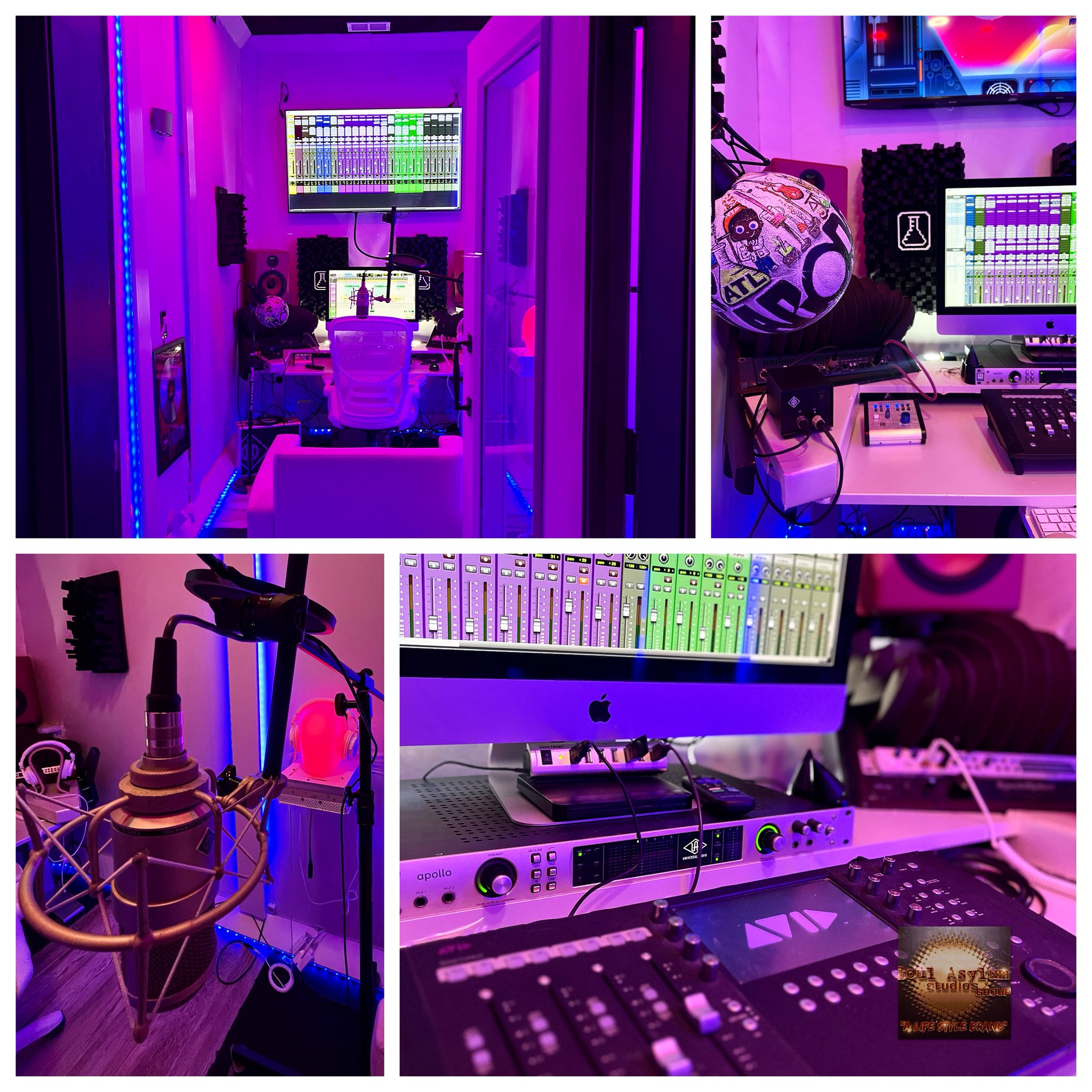When we talk about developments in music technology, time is really flying with wings open above the clouds. The music industry is reaching new heights each year and making the process of music easier, more compact, and effective.
This new generation of tech has created new opportunities for artistic expression in home studios and mobile recordings. But that’s not all.
Something big is really being cooked in technology’s lap and here’s what we know about the trends.
So let’s explore.
1. DAW Advancement:
The digital recording software DAW is seeing vast changes in its work, design, efficiency, and ease of operations. These programs help music artists to record, create, mix, master, and produce music.
The future of DAWs is inclined towards more user-friendliness. Think about the user’s perspective. Not all artists are tech-savvy and that’s where the shift is happening.
The future DAWs will be more people oriented, intelligent, and efficient. The biggest changes will be the smart plugins, AI integration, and real-time collaboration features. Cloud database storage will be another buzz in the industry.
You can expect virtual interference, high-quality sound, and special effects on records. More access versions of DAWs will be there for different devices with different OS.
Some of the popular DAWs-
- PreSonus Studios One 6
- Steinberg Cubase Pro 12
- Tracktion Waveform Pro 12
- Bitwig Studio 5
- AVID Pro Tools
( Also Read About –What to Expect During a Recording Studio Session at Soul Asylum Studios )
2. Rise of Home Studios:
With technology accessible to almost all, the rise of Home Studios has been making a noise for the last 5–9 years. In particular, the aspiring artists and new talents are making a wonderful impact on the global music industry with their talents and easily accessible tech.
Follow the tips below for your Home Studio:
- Invest in a good microphone & headphones.
- Get a user-friendly audio interface.
- Add acoustic panels to improve the sound reflection or acoustics of the room.
- Use DAW software for all backend processes of music.
- Start implementing virtual instruments and effect plugins to enhance creativity.
- Keep your music safe with cloud storage solutions.
- Learn online tutorials of home studios.
3. Virtual Instruments and Plugin:
These tools make professional-quality music production accessible to aspiring music artists and producers worldwide by simplifying the recording process.
Virtual Instruments are making their way to the industry along with such smart effects plugins. They produce incredible sound without needing to play the physical instrument itself.
Virtual instruments such as virtual guitars or Synthesizers produce the exact sound of real instruments. More amazingly, they can be played with a keyboard or MIDI controller.
We have smart plugins as well. They are like software that adds effects like reverb, distortion, and chorus to add depth & texture.
With such virtual instruments, one can create music without a vast array of musical instruments and plugins.
( Read More – Essential Skills to Become an Expert Sound Engineer )
4. Advanced Recording Techniques:
The future holds more recording techniques which are more exciting for a technician. Currently, the most anticipated method is multitrack recording where each instrument and vocal is being recorded separately. This makes the editing & mixing process a very precise task for all.
The trends show an inclination to spatial audio recording. This record sounds from all directions and gives an immersive experience.
Another trend is the rise of remote recording, which offers more access to the artists, especially the new generation. It will also open the opportunities to collaborate with artists from different locations.
There will be automated mixing and mastering tools to enhance sound quality.
All these trends show a new era of recording with user-friendly interfaces and tutorials. More people will learn music recording remotely and the world will see more emerging artists from each corner of the world.
5. Mixing and Mastering Innovation:

Innovation is the latest trend in studio recording, especially in the segment of mixing and mastering. These innovations are changing the way we listen to music.
Some of the advanced mixing and mastering tools are:
- LANDR
- Neutron4
- Amuse
- eMastered, etc.
They have intelligent algorithms which automatically work on audio elements and polish the sound. Alongside, they analyze soundtracks and adjust the sound to achieve optimal clarity & richness in it. Cloud technologies will be there to offer instant professional-grade results and cost less than the studios.
On the other hand, 3D audio processing enhances the spatial depth and creates a mesmerizing listening experience for all.
All these innovations are showing a rise in independent artists & producers who can offer professional-level sound quality independently.
6. Green Recording and Environment Friendly Recordings:
The music industry is shifting to supporting the Green Movement in real life. Environment friendly recording studios which cater for energy-efficiency and have digital workflows are on the rise. These intend to promote creativity as well as reduce the impact on the environment.
Well, we can expect a greener and sustainable future not only for music but for our Planet Earth too.
The emphasizing technology will grow and foster global musical collaboration to raise awareness about environmental consciousness.
Conclusion:
The trends for the future music industry are showing independent artists and producers emerging from the shell and ruling the industry. More technologies are making remote recording possible, opening the gates of better deals in studio recording for all.
Moreover, the trends are also showing the rise of mixing and mastering innovations, environment-friendly recording, virtual instruments, and the rise of Home Studios.

